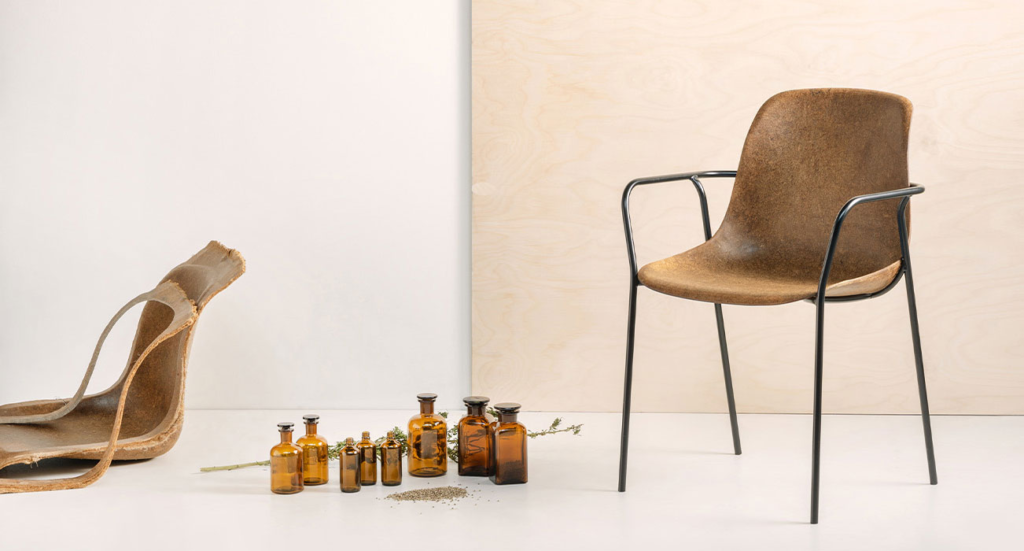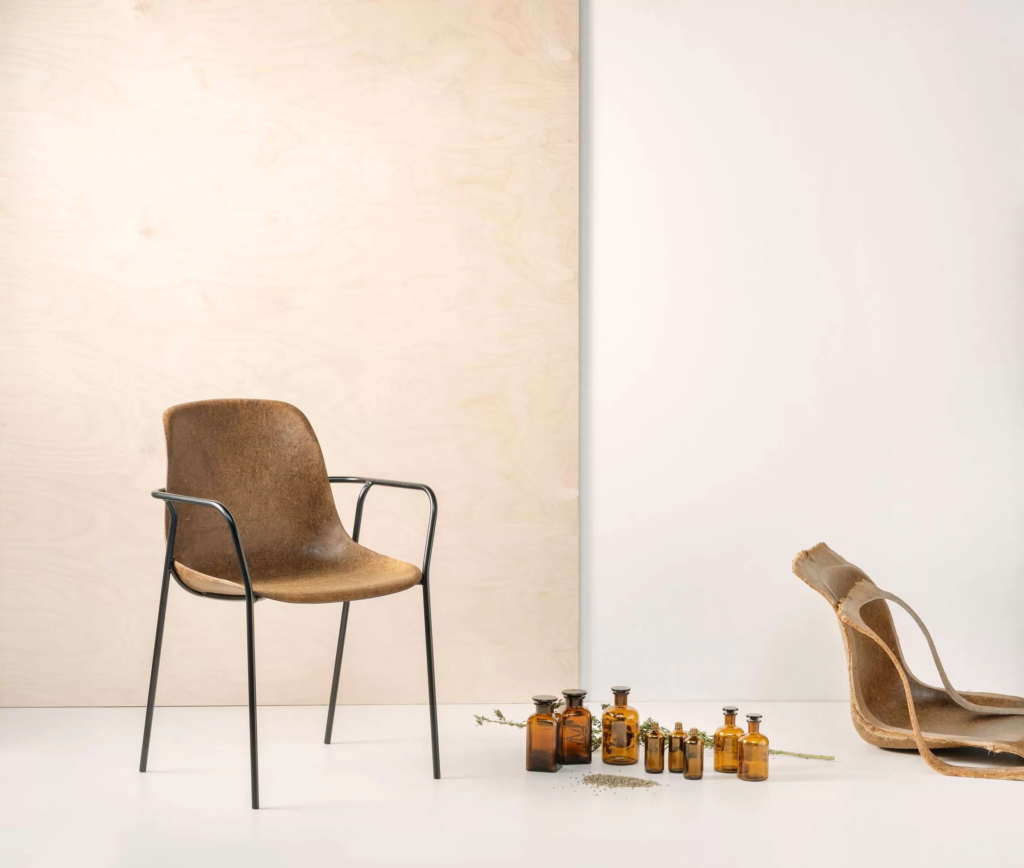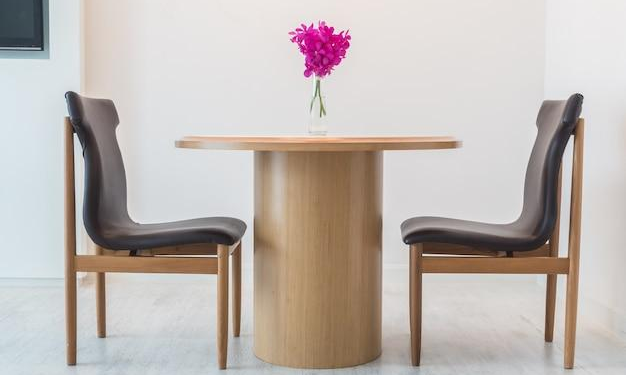Sustainable furniture manufacturing has long stopped being a buzzword. Eco-aware companies with a focus on the health of the planet and future generations have invested heavily in researching how the worryingly large amounts of plastic lying dormant in landfills and on the ocean bottoms can gain a use. Preferably, a scope that will benefit everyone, from their company’s standing to the customers’ lives to their bottom line. And so, they did.
Repurposing recycled materials in furniture manufacturing, with recycled plastic topping the ranks, is a rising trend that promotes the needed circular economy. A few companies are leading the pack in sustainable solutions, creating furniture from recycled plastic and offering a valid model for those striving to meet the needs of tomorrow’s customers. What’s the catch with it? Should you explore this option? Let’s take a closer look at recycled plastic furniture.
Longevity and durability
You can say goodbye to furniture that splinters, rots, rusts away, or succumbs to termites and other similar termites. Metal furniture offers industrial aesthetics, but this appeal might be temporary, as it can corrode and rust in time. Wooden furniture may be massive and high-value, but you’d probably sleep more relaxed knowing your furniture is as practical and durable as it can be without eating up your time and money to remain in shape.
Recycled plastic furniture is outstandingly durable, especially if it’s offered by a reliable provider that uses cutting-edge manufacturing solutions and technology. This furniture should resist the different environmental factors that usually make traditional garden furniture decay and have you buying a new one once every few years. Quality recycled plastic furniture can withstand the super wet and capricious British conditions, as well as snow, heavy rain, and even summer’s dog days. As with many types of lower-quality plastic, discolouration is highly probable when an item stays too much in the scorching sun.
Since recycled plastic furniture is made to survive the harshest of conditions, it’s a popular choice for both outdoor and indoor settings. Its sturdy nature helps maintain its tip-top shape in the long run, offering long-term value for customers.

The heads-up
Recycled plastic furniture hasn’t been around for ages like furniture made of wood, plastic, metal, etc. has been. For this reason, learning that noteworthy companies like Vepa can collect plastic from canals and repurpose it into durable furniture may sound out of place. Nevertheless, this is, fortunately, a rising trend that benefits more participants than one may believe, starting with future-oriented companies engaging in such sustainable practices.
Because the trend hasn’t been here forever, there are also fewer guarantees on how much furniture may behave in the long run. Moderating expectations might help you avoid disappointments if you buy recycled plastic furniture and look ahead to keeping it for decades. There’s less research on the characteristics of recycled plastic furniture, so it’s more challenging to estimate how long it will last and how it will behave in time. Nevertheless, investing in such a piece will help you see for yourself if it’s a worthy option. You will, at least, buy furniture that holds well – solace that you can’t find when committing to wood or other materials and exposing them to challenging conditions.
The alternative
If recycled plastic furniture isn’t your thing, it would help if you ensured that the furniture manufacturer and provider you eventually buy from has even the least consideration about things like resource depletion, carbon emissions, and the overall decaying environmental state. After all, it’s the present moment that determines whether we’ll thank ourselves in the future for the choices made today or resent them.
Material composition
Not all recycled plastic furniture is crafted from the same materials or processes. The overall quality can vary significantly based on the plastic type, recycling method, and any additional compounds incorporated. Some manufacturers blend post-consumer and post-industrial plastics, while others rely solely on high-density polyethene (HDPE), a material known for its strength and resistance to degradation.
The composition of recycled plastic furniture largely depends on the sourcing and processing of raw materials. HDPE, commonly found in milk jugs and detergent bottles, is favoured due to its non-porous surface and ability to withstand moisture, making it ideal for outdoor use. Other plastics, such as polypropylene (PP) and polyethene terephthalate (PET), are also sometimes incorporated, but their structural integrity may not resemble that of HDPE. Additionally, manufacturers may introduce stabilizers, UV inhibitors, or colourants to enhance durability, weather resistance, and aesthetic appeal. Some high-end recycled plastic furniture even integrates fibreglass reinforcement for added strength, ensuring longevity that comes close to that of traditional wood or metal options.
Environmental benefits
Recycled plastic furniture serves a fundamental role in promoting sustainability and decreasing environmental impact. According to specialists in recycled plastic furniture at https://vepa.co.uk/, manufacturers help conserve natural resources and cut pollution by repurposing waste material, transforming the pile-ups into recycled plastic furniture that helps mitigate environmental issues by repurposing discarded plastic and preventing it from polluting ecosystems.
As a consumer, buying recycled plastic furniture helps reduce landfill waste, minimize carbon footprints, and conserve natural resources. Many manufacturers are committed to circular economy practices, meaning their products are not only made from recycled materials but also designed to be fully recyclable at the end of their lifespan.

Innovation in the furniture of tomorrow
One of the most fascinating aspects of recycled plastic furniture is how innovation has transformed waste into high-quality, long-lasting products. Unlike traditional plastic furniture, which is often flimsy and prone to cracking, modern recycled plastic furniture is made to last, sometimes surpassing wood and metal alternatives. Advanced manufacturing techniques, like rotational molding and extrusion, enable the creation of furniture with a solid, uniform texture that mimics natural materials while maintaining superior resistance to moisture, insects, and UV damage.
The last noteworthy perk
The last but not least compelling advantage in shifting to recycled plastic furniture is the industry’s role in reducing landfill waste and ocean pollution. By repurposing discarded plastic like bottles, containers, and so on, manufacturers redirect significant amounts of waste from the environment, giving it a second life as furnishings.













